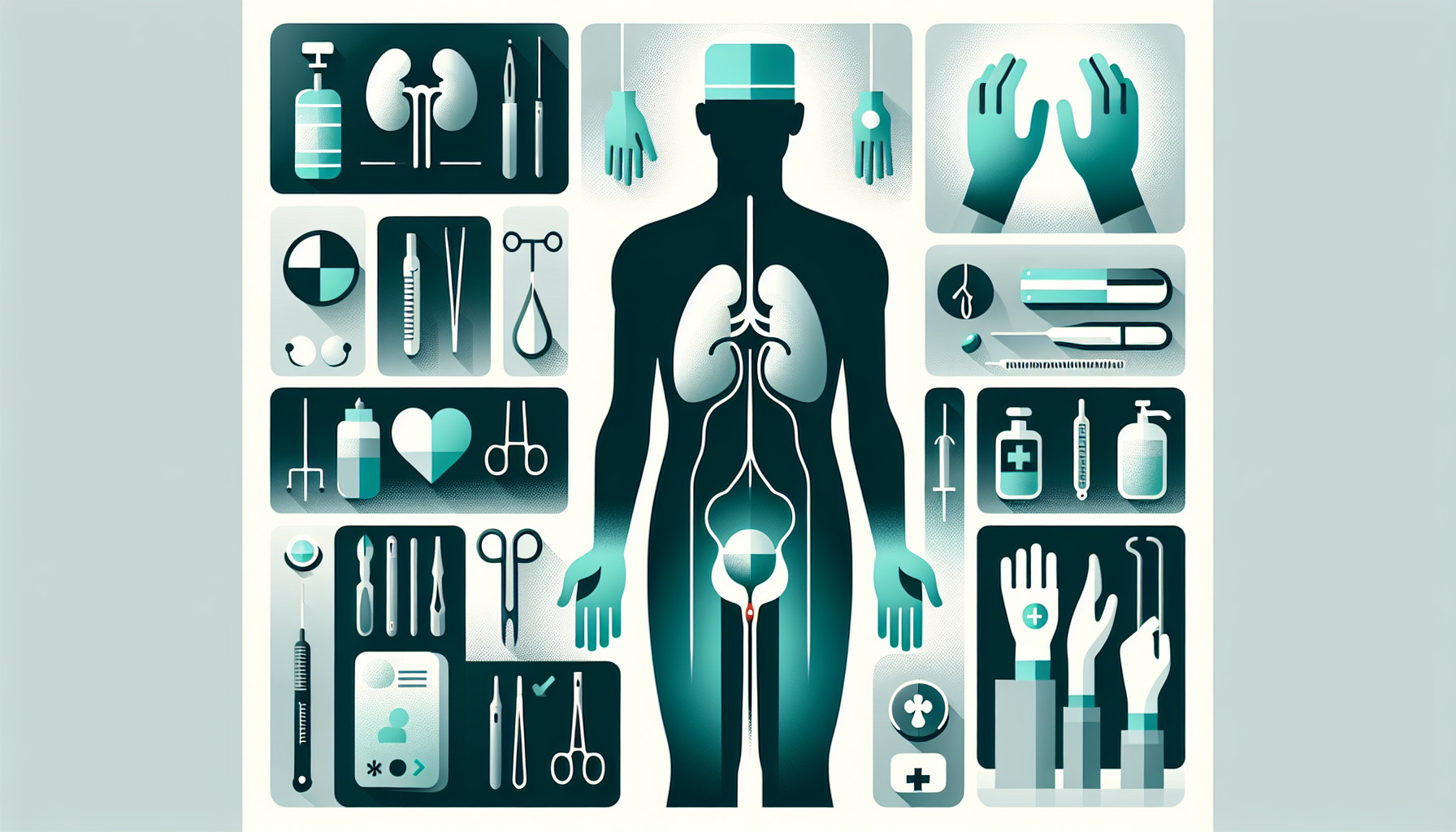Our Summary
This study looked at using 3D imaging during a specific type of kidney removal surgery (laparoscopic donor nephrectomy) used for kidney transplants. In total, 28 surgeries were performed and the results were compared to those of similar surgeries that used traditional 2D imaging.
The time it took to complete the surgery and the amount of blood lost were about the same for both methods. However, using 3D imaging resulted in a shorter time for two specific parts of the process:
- The time the kidney was without blood supply (warm ischemia) while it was being removed was shorter.
- The time it took to prepare the kidney for transplant outside of the body (extracorporeal preparation) under cold preservation was also shorter.
So far, using 3D imaging hasn’t significantly reduced the overall surgery time or improved the function of the transplanted kidney compared to the traditional 2D method. But the shorter times for certain steps is promising, so further research is needed to fully understand the benefits of 3D imaging in this kind of surgery.
FAQs
- What is the difference between surgeries performed with 3D imaging and traditional 2D imaging in the context of laparoscopic donor nephrectomy?
- Were there any significant benefits found in using 3D imaging for laparoscopic donor nephrectomies?
- What areas of the laparoscopic donor nephrectomy process were improved by the use of 3D imaging?
Doctor’s Tip
One helpful tip a doctor might give a patient about nephrectomy is to discuss with them the use of 3D imaging during the surgery. This technology has shown promising results in reducing the time the kidney is without blood supply and in preparing the kidney for transplant. Patients may want to inquire with their healthcare provider about the possibility of using 3D imaging for their nephrectomy procedure to potentially improve certain aspects of the surgery.
Suitable For
Patients who may be recommended for nephrectomy (kidney removal) include those with:
Kidney cancer: Nephrectomy is often performed to remove cancerous tumors in the kidney.
Kidney stones: In cases where kidney stones are very large, causing severe pain or blocking urine flow, nephrectomy may be recommended.
Kidney damage: Nephrectomy may be necessary to remove a damaged or non-functioning kidney that is causing health problems.
Kidney donation: In cases of living kidney donation for transplantation, nephrectomy is performed on the donor to remove one kidney for transplant.
Polycystic kidney disease: In some cases of severe polycystic kidney disease, nephrectomy may be recommended to alleviate symptoms and complications.
It’s important for patients to discuss their specific condition and treatment options with their healthcare provider to determine if nephrectomy is the best course of action for them.
Timeline
Before nephrectomy:
- Patient is diagnosed with a kidney condition that requires removal of the kidney
- Patient undergoes pre-operative evaluations and tests to assess overall health and suitability for surgery
- Surgery is scheduled and patient receives instructions on pre-operative preparations
During nephrectomy:
- Patient is placed under anesthesia
- Surgeon makes incisions and removes the affected kidney
- The kidney is prepared for transplant if it is a donor nephrectomy
- Surgery is completed and patient is monitored in the recovery room
After nephrectomy:
- Patient is monitored closely for any complications or side effects post-surgery
- Pain management is provided to help with recovery
- Patient undergoes follow-up appointments to assess healing and overall health
- For donor nephrectomy, the transplanted kidney is monitored for function and compatibility with the recipient
Overall, the goal of nephrectomy is to remove a diseased or non-functioning kidney while ensuring the patient’s safety and promoting recovery. This procedure can have significant implications for the patient’s overall health and quality of life, so it is important to have a comprehensive care plan in place before and after the surgery.
What to Ask Your Doctor
How does using 3D imaging during a nephrectomy compared to traditional 2D imaging impact the overall success of the surgery?
Does using 3D imaging reduce the risk of complications during the surgery?
How does the recovery process differ for patients who undergo a nephrectomy with 3D imaging compared to traditional methods?
Are there any specific risks or considerations associated with using 3D imaging during a nephrectomy that I should be aware of?
Will my insurance cover the use of 3D imaging during my nephrectomy procedure?
Are there any other alternative imaging techniques or technologies that I should consider for my nephrectomy surgery?
How experienced are you and your team with using 3D imaging for nephrectomy procedures, and what is your success rate with this technique?
How will the use of 3D imaging impact the long-term function and health of my remaining kidney or the transplanted kidney, if applicable?
Can you provide me with more information or resources about the benefits and potential risks of using 3D imaging during a nephrectomy?
Are there any ongoing research studies or clinical trials investigating the use of 3D imaging for nephrectomy surgeries that I may be eligible to participate in?
Reference
Authors: Perlin DV, Dymkov IN, Terentyev AV, Shamkhalov SN, Kulikov PA. Journal: Khirurgiia (Mosk). 2023;(8):62-69. doi: 10.17116/hirurgia202308162. PMID: 37530772
